4: Composition/Design Systems
- Page ID
- 126920
Discussion:
Whether drawing or painting a still-life, portrait, landscape, historical subject, or abstract composition, the types of forms, objects, shapes, and marks placed in the visual field play a part in the success of the artwork. As we’ve learned, heavier objects are often associated with the bottom of the visual field and lighter forms towards the top.
When looking at shapes within a visual field is often useful to distinguish between subject and background, or figure and ground. The subject is referred to as the positive space and the area around the subject is referred to as the negative space. When the human figure is the subject, the positive space is referred to as figure and the area around it is the ground. Shapes can be geometric or organic. When drawing representational geometric forms it is best to apply the laws of perspective if accuracy is desired. Organic forms are often easier to draw or paint since the exacting laws of perspective are not in play. Shapes can be simple or complex and often are associated with weight again based on their placement in the visual field as well as their size. When placing shapes within the visual field, visual harmony is achieved by balancing the work. Placement in relation to the edges of the visual field as well as to other objects can determine the harmony. Is the shape unnecessarily too close to the edge, or to another shape? If so, visual tension may be the result.
Groupings
of objects help to create a sense of unity within the artwork. When creating a simple grouping of objects, such as a still-life, odd numbers of three, five, and seven can be aesthetically arranged in an asymmetrical balanced composition that may be more visually appealing than a symmetrically balance grouping of an even number. When grouping objects, overlapping the objects will also create more of a sense of unity. Grouping a variety of objects of varying height, width, texture, surfaces, and values can also add interest to the artwork. This applies to both representational and abstract work. Moving object away from one another can create a sense of isolation, abandonment, disjointed, or, in another more positive way, a feeling of openness, or freedom.
Unity
within a two-dimensional work can be achieved in many ways. Repetition of certain shapes, colors, textures, and patterns can create a sense of unity.
Repetition
of designs, forms, shapes, textures, and color, can create a rhythm within the visual field. A successful design using repetition can move the viewer’s eyes along a predetermined path within the visual field. Repeating forms may create a pattern that can be decorative or leading to a more sophisticated two-dimensional design. Music and visual art share similarities when it comes to repeated forms, patterns, and contrast. In music the term color is often used to describe both voice and instrumental music. Certainly, the connections between math, music, and rhythm can also be considered when looking at two-dimensional design and visual art. Interesting that several artists considered math and art to be synonymous with perfection, harmony, and tranquility. They sought an art without the ambiguity of emotion; an art that was clear, focused, and rational. These artists followed the artistic philosophy of Suprematism. Although their philosophy was not inclusive, much of their pure two-dimensional abstract designs provide excellent examples of analytical design and are worthy of study.
Texture
is an art element and can play a role in creating contrast or visual interest in two-dimensional design. The contrast of shiny man-made metallic forms against a backdrop of natural fibers is a good example and use of contrasting textures. Texture can also be achieved using the mark-making drawing, painting, and printmaking tools of the artist.
Proportional Systems
Discussion:
The Golden Section
Two-dimensional design systems have existed for some time. Looking back to the ancient work, we see the Greeks interested in linking proportional systems to nature and more specifically to the human body. The ancient Greeks, in particularly the Athenians, achieved greatness as a people through a combination of factors foremost being freedom. Athens created the first true democratic society in human history and with it came the freedom to explore new ideas. Combine this freedom with a prosperity they had never before experienced and you have fertile ground for innovation and discovery. The prosperity was from the sale and export of olives, olive oil, and the products derived from olives. Their olive industry developed in part through loans allowing the Athenians to purchase and cultivate the surrounding lands planting olive trees as the main cash crop. During this time, the Athenians developed new ideas in writing, theater, mathematics, astronomy, medicine, art, and philosophy. With art and architecture, they developed aesthetics based on close observations of nature and math. Some of these concepts in aesthetics were formally developed into reproducible design systems. Foremost among these systems is the Golden Section, also know as the Golden Ratio (approximately 3:5 ratio), Golden Spiral, and Golden Mean. This system can be applied to two-dimensional art and was also likely adopted by Leonardo Da Vinci for his paintings created during the Italian Renaissance.
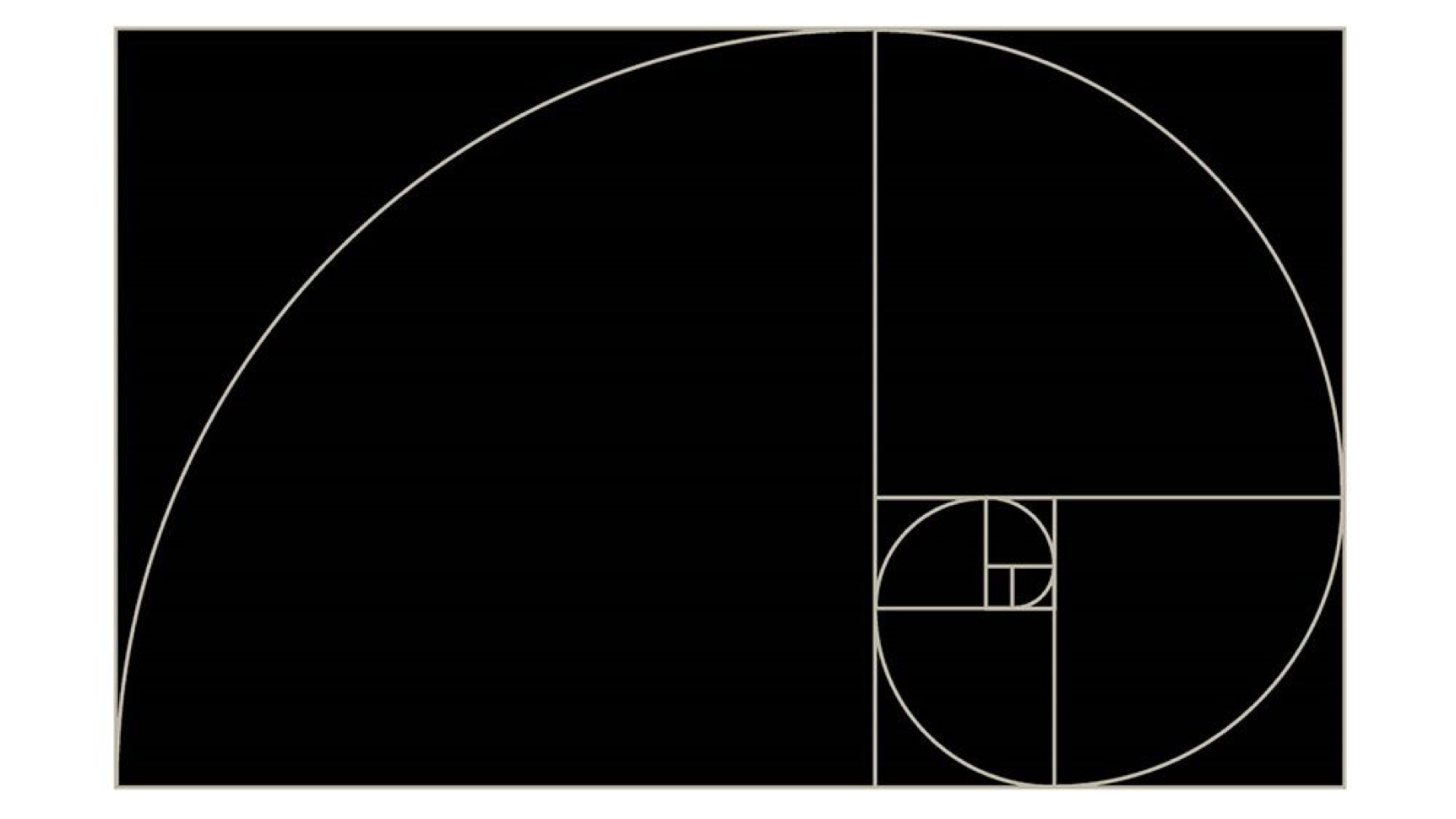
Golden Spiral
The Golden Ratio is also called the Golden Mean or Golden Section.
Mathematicians since Euclid have studied the properties of the Golden Ratio, including its appearance in the dimensions of a regular pentagon and in a Golden Rectangle, which may be cut into a square and a smaller rectangle with the same aspect ratio.
The Golden Ratio has also been used to analyze the proportions of natural objects. The Golden Ratio appears in some patterns in nature, including the spiral arrangement of leaves and other plant parts. The Golden Spiral appears in seashells!
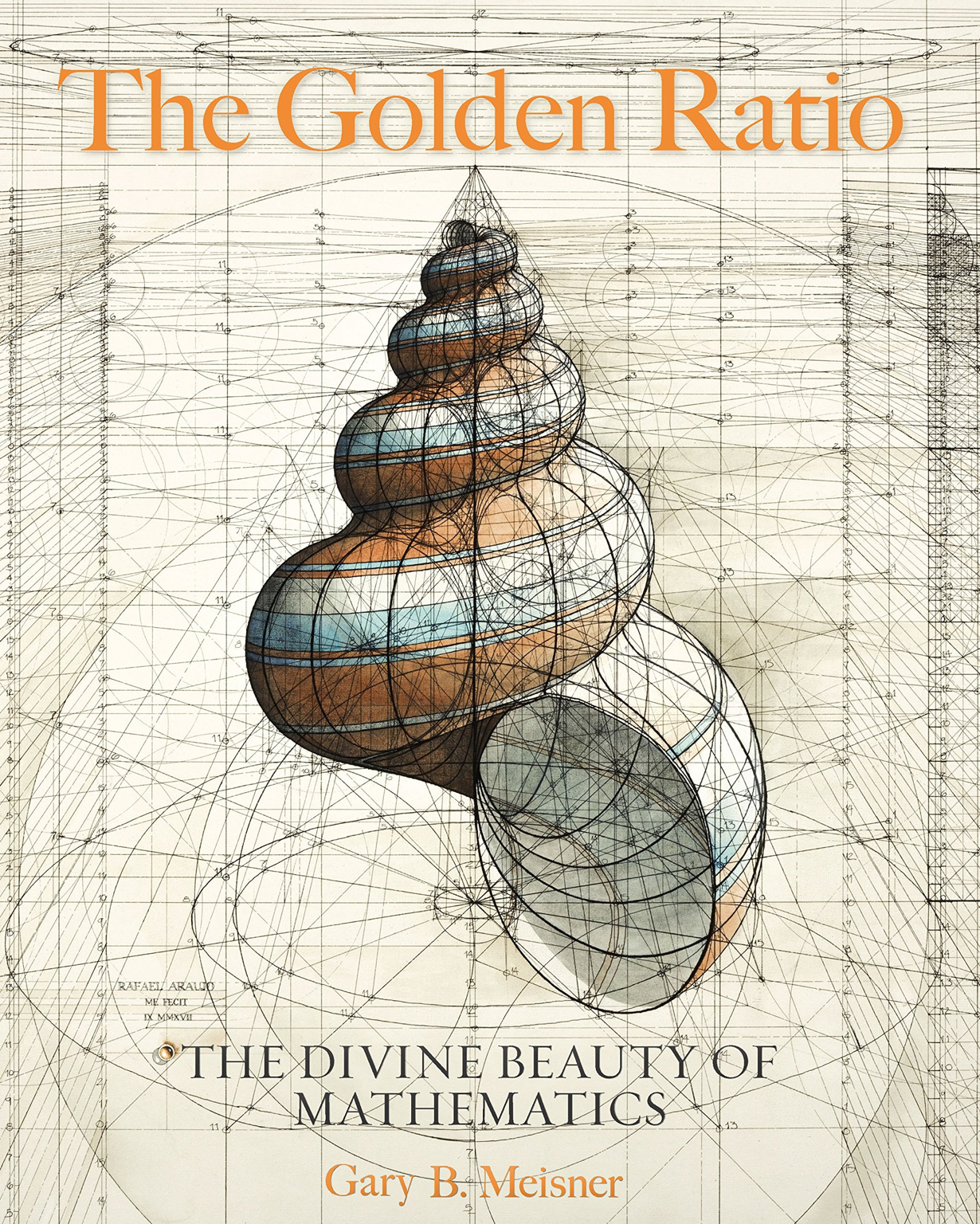
Rule of Thirds
An easier design system to apply is the Rule of Thirds popularly used by photographers for generations. The Visual Field is divided into either vertical thirds or horizontal thirds (or both!) for aesthetic reasons. This creates a pleasing design that works well in many applications, but is most often found in photos and paintings of landscapes and seascapes.
• Rule of Thirds is dividing the visual field into thirds
• Divisions into thirds can be horizontal, vertical, or both
• It does not have to be exact, since it is an aesthetic design principle
• Rule of Thirds applies nicely to landscape photography, painting, and drawing
• The concept of the Rule of Thirds is a Principle of Design
The Japanese Design System
• Japanese design is based on two squares side by side.
• This is represented in the Japanese tatami mat seen here:
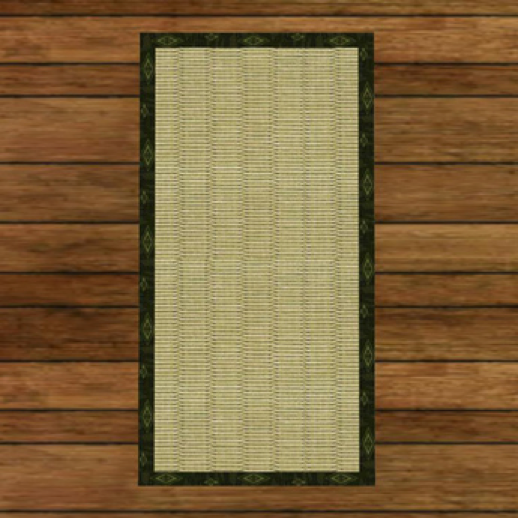
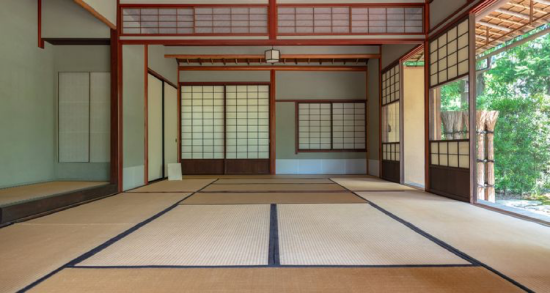
Assignment #1:
Create simple abstract two-dimensional visual design using the Golden Section/Golden Spiral or the Japanese (rectangle with two squares) proportional systems.
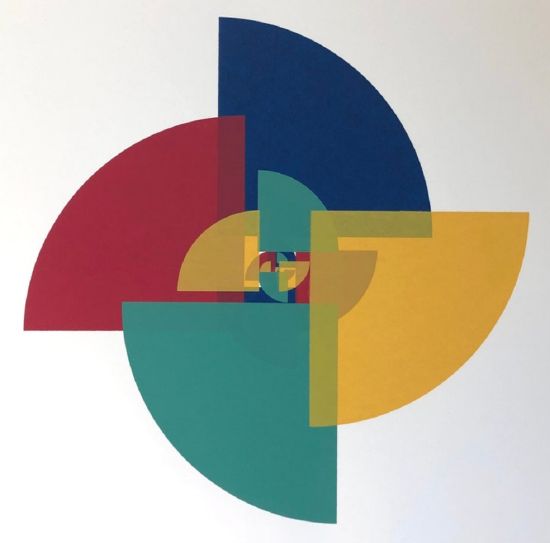
![]()
Assignment #2:
Create an aesthetically pleasing design using Rule of Thirds. This may be a collage, drawing, or painting in any hands-on art media you feel comfortable using.
Student Example by Karen Su

